Before online shopping and smartphones, the American mall was the epicenter of teenage social life and family weekend outings. These gleaming temples of consumerism reached their golden age in the 1980s, when spending a Saturday at the mall wasn’t just shopping—it was an experience, an adventure, and for many, a cherished ritual. Let’s take a nostalgic journey back to the neon-bright decade when malls weren’t just buildings but destinations that captured the spirit of American culture.
1. The Great Parking Lot Hunt
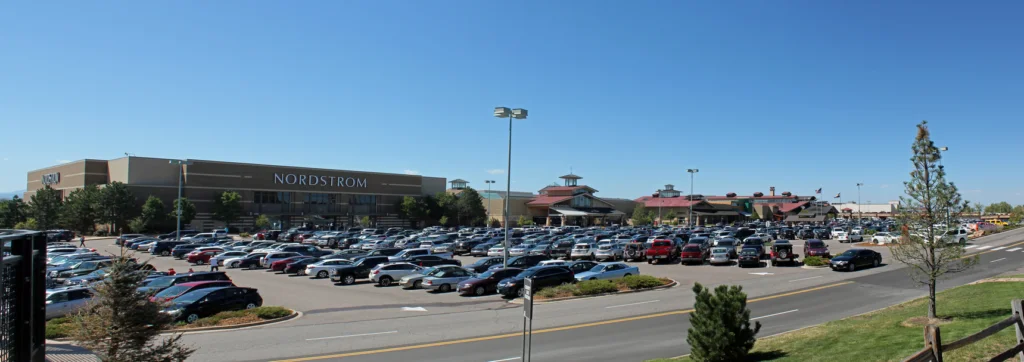
Finding a parking spot at the mall on a Saturday afternoon was an exercise in patience, strategy, and occasionally, creative interpretation of parking rules. Families would circle the sprawling lots like vultures, following shoppers returning to their cars, occasionally racing other vehicles to claim the coveted spot near the entrance. The unspoken hierarchy of mall parking—with spaces near department store entrances being the most prized—created a strange geography that regular shoppers navigated with expertise. The Parking Spot has some unwritten but important rules concerning parking etiquette.
Dad would drop off Mom and the kids at the entrance before embarking on his parking quest, sometimes ending up in what felt like a different zip code. The walk from these distant spots became part of the mall journey, passing rows of Camaros, station wagons, and minivans, while mentally noting landmarks (“we’re in section C, near the light pole with the bird’s nest”) to avoid the post-shopping parking lot wandering that could add an unplanned 30 minutes to your mall adventure.
2. The Food Court Feast
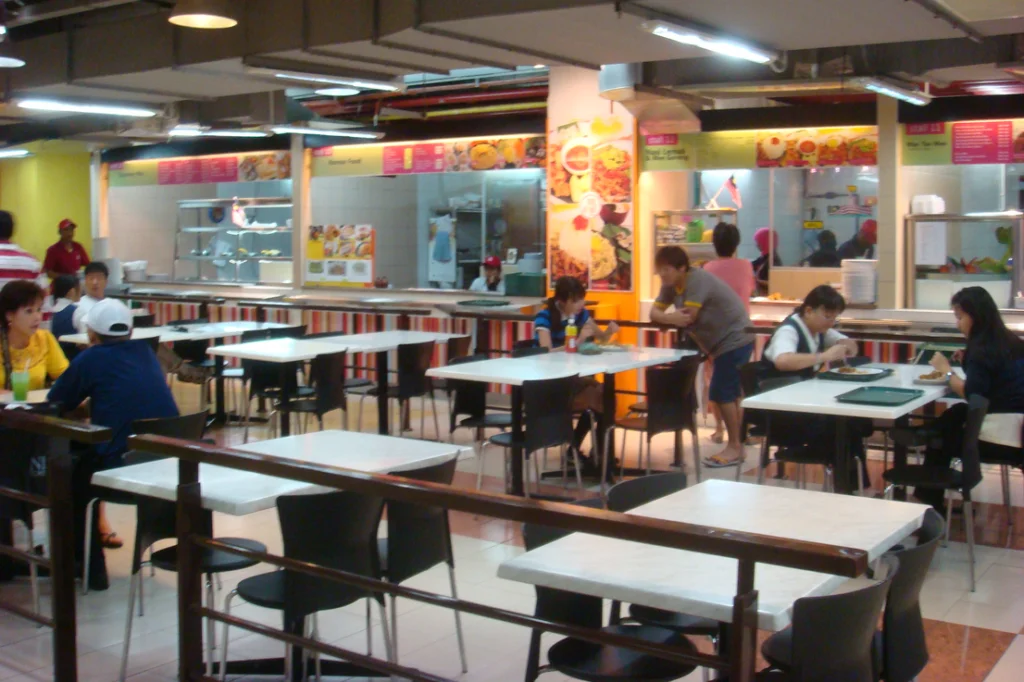
The mall food court was a sensory explosion—a symphony of competing aromas from teriyaki chicken to cinnamon pretzels, punctuated by the visual cornucopia of neon signs and colorful plastic trays. Families would divide and conquer, each member getting their preferred cuisine from different vendors before reconvening at a hard-won table, often sharing this prized real estate with strangers during peak hours. The democratic nature of food court dining meant you could have pizza while your sister had Chinese food and your parents had salads, all while people-watching the parade of shoppers. Tasting Table digs further into this nostalgic venue and has a list of food court restaurants that also disappeared.
The orange plastic chairs weren’t comfortable, the ambient noise level required slightly raised voices, and somehow your tray always felt sticky, but none of that mattered. Food court dining represented freedom—the first place many teens were allowed to eat unsupervised while parents shopped elsewhere—and the first exposure many Americans had to “exotic” cuisines like teriyaki or Greek food. Those plastic trays held more than just mall food; they held cultural education, independence, and the sacred tradition of stealing a few of your sister’s french fries when she wasn’t looking.
3. The Arcade Odyssey
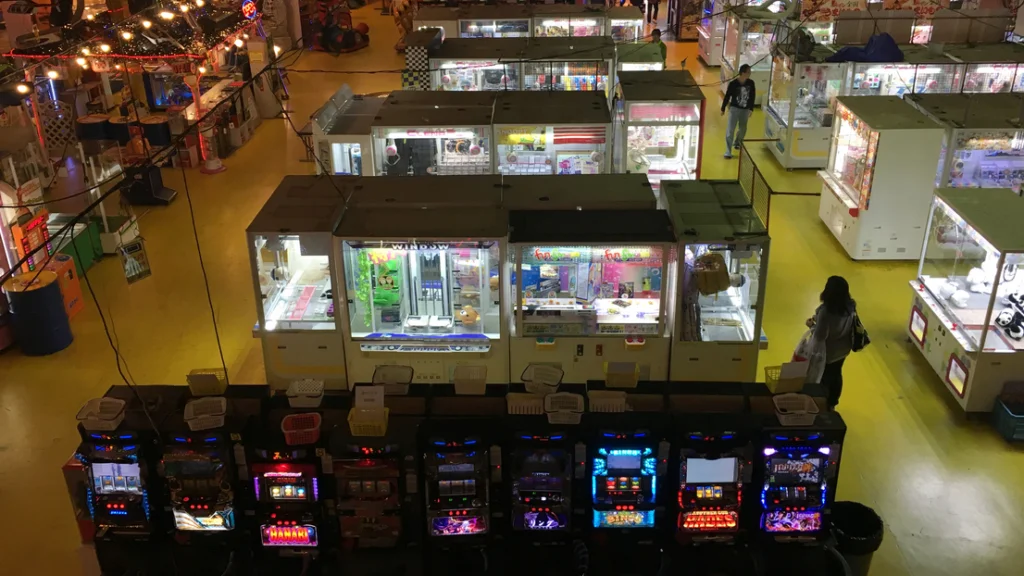
The mall arcade glowed with the electronic promise of high scores and drained allowances, its atmosphere a unique blend of concentration and chaos. Crowds of kids would gather around players dominating games like Pac-Man, Galaga, or Street Fighter, watching over shoulders and hoping for their turn, while the cacophony of electronic beeps, bloops, and simulated explosions created the soundtrack of ’80s youth culture. Serious gamers came prepared with pockets full of quarters, often wrapped in paper rolls, representing weeks of saved allowance and chore money. The Guardian is still mourning the death of arcades as we used to know them.
The arcade offered a social hierarchy entirely separate from school, where status wasn’t determined by clothes or popularity but by gaming skill and high score initials. Parents used arcades as convenient babysitting services, giving kids a roll of quarters and an appointed meeting time, creating a rare zone of unsupervised freedom within the otherwise controlled mall environment. For many ’80s kids, these dimly lit rooms tucked between retail spaces were their first taste of independence, their first experience managing money, and occasionally the site of their first innocent crushes as they noticed who was watching them master Donkey Kong.
4. The Department Store Entrance
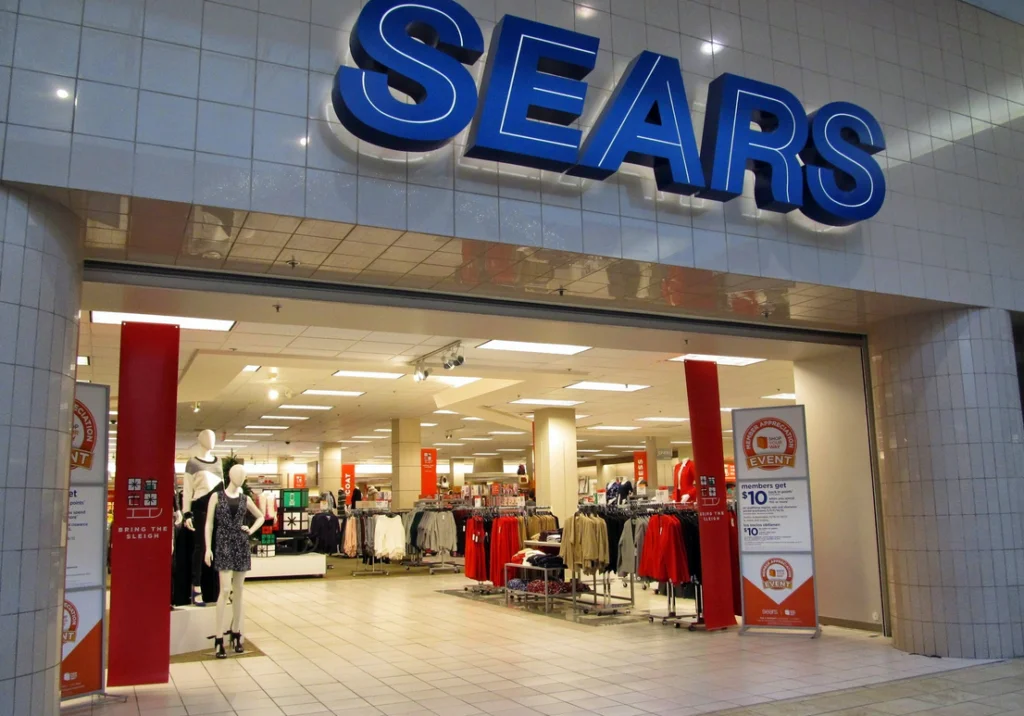
Department stores functioned as the grand gateways to the mall, their perfume counters creating an invisible scented barrier shoppers passed through on their journey. Immaculately made-up women would spritz fragrances toward passing shoppers, creating a gauntlet of competing scents that became an olfactory announcement that your mall adventure had officially begun. The cosmetics floor’s bright lighting, glass displays, and mirrored surfaces created a slightly disorienting transitional space between the outside world and the mall’s interior.
Children learned to navigate the labyrinthine paths through housewares, men’s suits, and lingerie departments that seemed intentionally designed to prevent efficient passage to the mall proper. Parents would inevitably slow down to browse items they hadn’t intended to purchase, turning what children perceived as a simple pathway into an unexpected shopping detour. The department store entrance ritual—complete with its sensory assault and parental dawdling—created a liminal space that prepared shoppers for the consumption-focused experience ahead, simultaneously frustrating to children eager to reach their mall destinations and nostalgic to adults who now recognize these stores as endangered retail species.
5. The Fountain Penny Toss
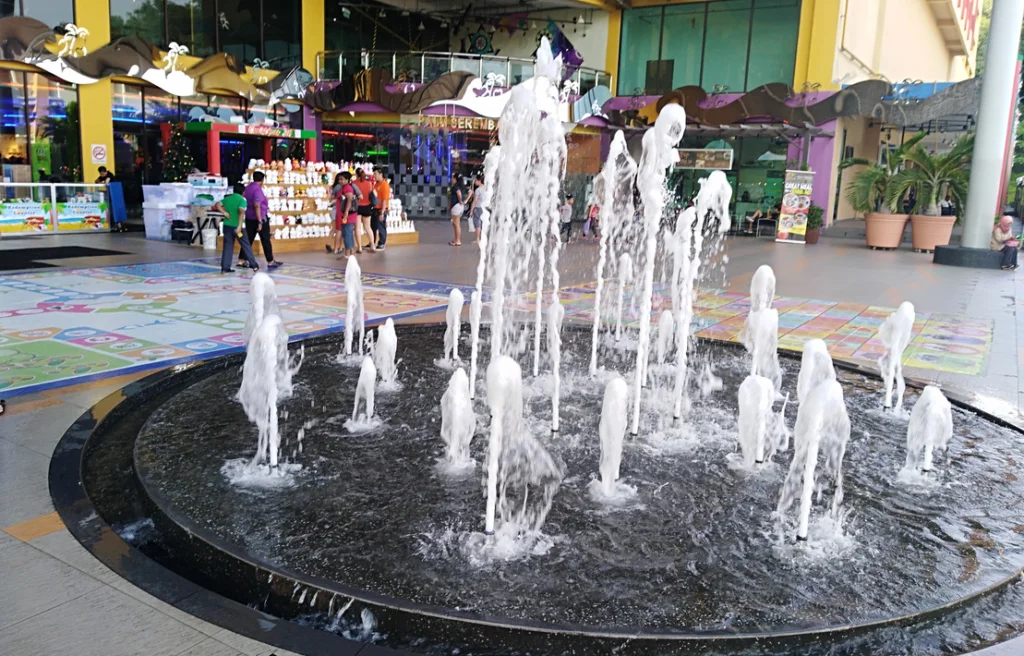
Every proper ’80s mall featured at least one water fountain, its gentle splashing providing the mall’s ambient soundtrack and its tiled basin glittering with thousands of copper wishes. Children would beg parents for pennies, close their eyes with theatrical intensity, and make wishes before tossing coins, creating impromptu family ceremonies of hope and aspiration in the middle of commercial spaces. The fountains served as natural meeting points (“I’ll meet you at the fountain near JCPenney at 3:00”), rest areas for tired shoppers, and impromptu babysitting zones where dads would watch the kids while moms tried on clothes.
Mall maintenance workers had the strange job of periodically harvesting these coin collections, often donating the moist currency to local charities and inadvertently gathering the community’s collective hopes along with them. The hypnotic quality of falling water offered a momentary meditation within the otherwise stimulating mall environment, drawing shoppers to pause in their consumption to contemplate the simple pleasure of moving water. In the architectural psychology of mall design, fountains served as pause points that refreshed shoppers, encouraging longer stays and, consequently, more purchases—a commercial calculation disguised as decorative water feature.
6. The Record Store Deep Dive
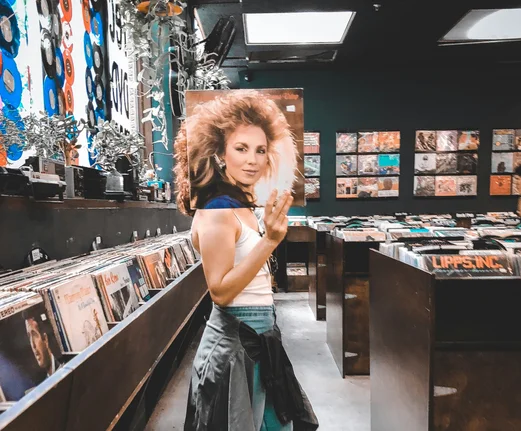
The mall record store was a musical education sanctuary where teenagers developed their identities through careful selection of albums, often judged as much for cover art as for the music contained within. Rows of vinyl records (and later, cassettes and CDs) were organized by genre and artist, creating a physical manifestation of musical taxonomy that allowed for serendipitous discovery simply by browsing neighboring albums. The listening stations with oversized headphones offered free entertainment and the chance to preview music before committing precious allowance dollars, while also providing the perfect excuse to linger in the presence of a crush who shared your musical taste.
The record store clerks possessed an almost mystical status, their encyclopedic knowledge of obscure bands and frank opinions about your musical choices offering both guidance and intimidation. The transaction of purchasing music was ritualistic—bringing your selection to the counter was a declaration of taste open to judgment, the placement of your new album in a branded paper bag was the formal conclusion of the ceremony, and the carrying of this bag throughout the mall was a public signal of your cultural affiliations. These stores were cultural touchstones where many ’80s teens formed their earliest music opinions, discovered communities of like-minded fans, and developed the musical foundations that would follow them into adulthood.
7. The Endless Claire’s Accessory Selection
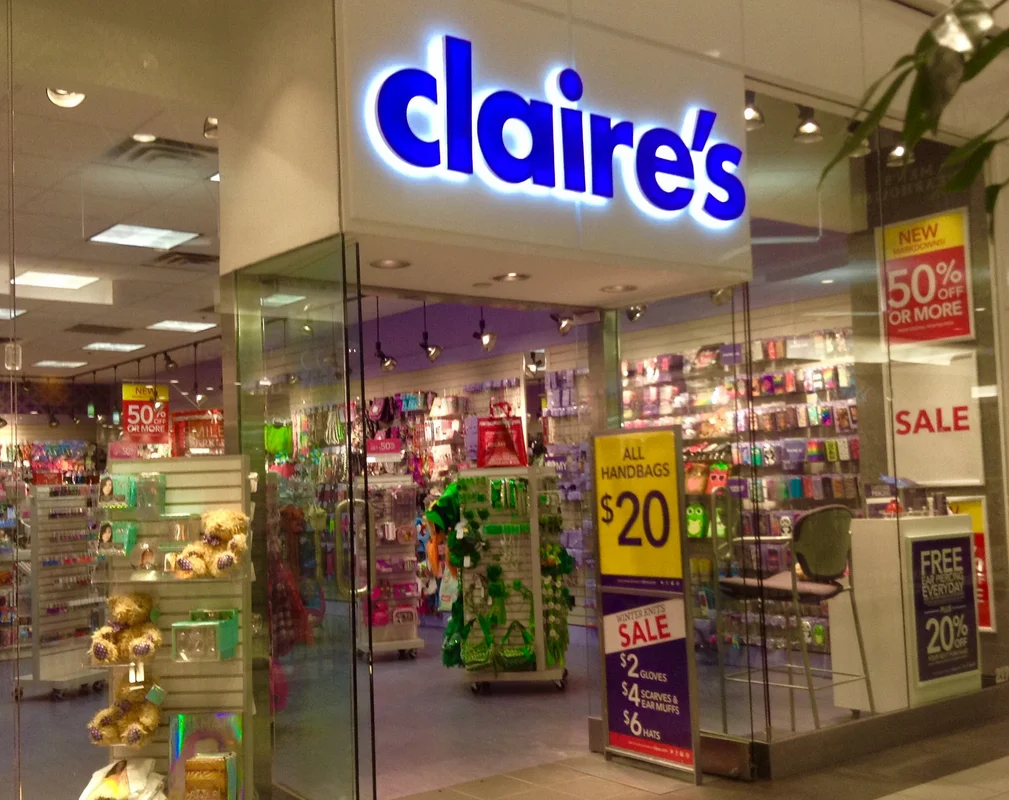
Claire’s Boutique was the sparkling wonderland where ’80s girls accumulated the essential accessories required by the decade’s fashion demands—spiral plastic necklaces, neon rubber bracelets, and enough earrings to require multiple piercings. Young girls would crowd around rotating displays of colorful hair accessories, trying on different personalities along with scrunchies and headbands, while patient mothers calculated how many plastic baubles constituted a reasonable purchase. The cramped store’s every surface featured something shiny, colorful, or adorned with a cartoon character, creating sensory overload that was simultaneously overwhelming and thrilling.
The ritual of getting ears pierced at Claire’s was a coming-of-age ceremony performed not by tribal elders but by a teenager with a piercing gun and a marker, with proud mothers documenting the momentous occasion and fathers awkwardly waiting outside. Claire’s mastered the art of affordable luxury, making it possible for allowance-limited customers to still participate in the decade’s accessory-heavy fashion trends through strategic pricing that put at least some items within reach of almost any budget. These small purchases represented early exercises in consumer decision-making, teaching young shoppers about budgeting, prioritizing wants, and the temporary satisfaction of acquiring something new and colorful, even if it turned your skin green the next day.
8. The Spencer Gifts Forbidden Zone
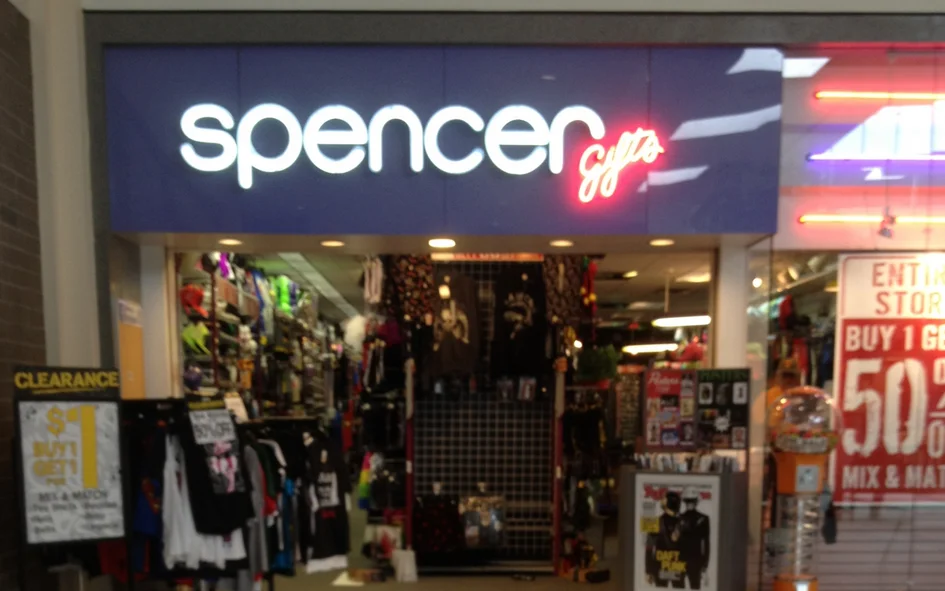
Spencer Gifts existed in a retail gray area—not quite appropriate for children yet irresistibly attractive to them, offering gag gifts, black light posters, and items that skirted the edges of what parents considered suitable. The store’s dim lighting created an atmosphere of illicit discovery as middle schoolers giggled over joke books, novelty items with double meanings, and the infamous back section that contained increasingly questionable merchandise. Mothers would hurry past with younger children while teenagers lingered, absorbing the store’s rebellious atmosphere and occasionally purchasing safe items like Magic 8 Balls or stress balls to justify their exploratory visit.
The strategic store layout created a gradient of propriety, with innocent items near the entrance giving way to progressively more mature merchandise deeper inside, allowing the store to attract browsing families while still maintaining its edge. The Spencer’s experience was a masterclass in retail psychology—provocative enough to attract teenage interest but mainstream enough to exist in family shopping spaces, walking a line that somehow satisfied mall management, parental tolerance, and adolescent desire for boundary-pushing. For many mall-going teens, Spencer’s represented a reconnaissance mission into adult humor and sensibilities, offering glimpses of a more mature world of consumption just around the corner from the childish delights of toy stores and candy shops.
9. The Waldenbooks Browse-a-thon
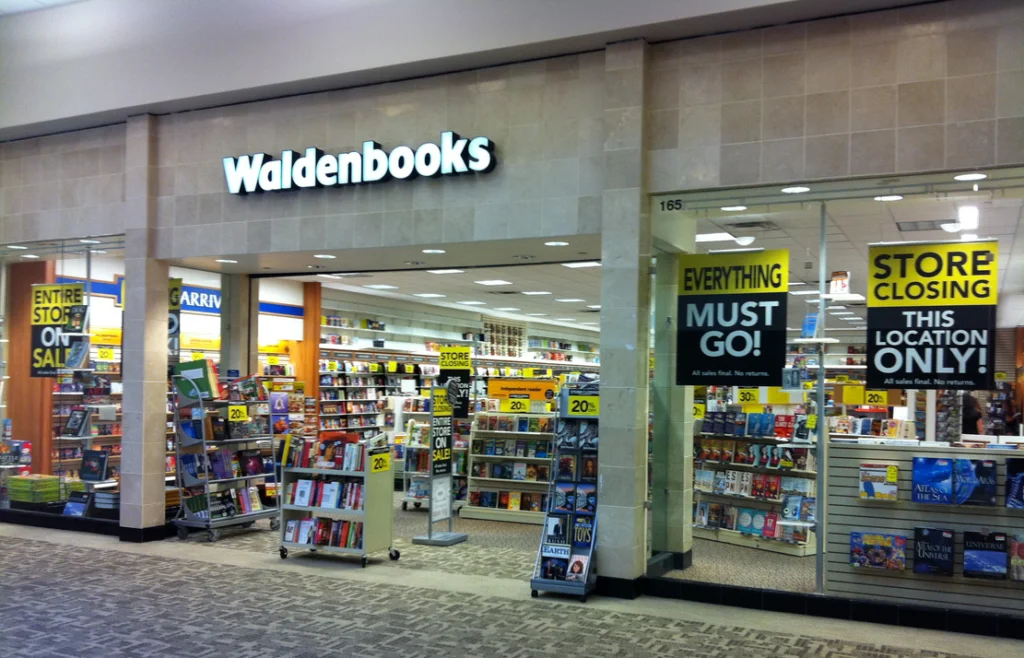
Waldenbooks offered a quieter mall experience, where the latest bestsellers, computer manuals, and magazine racks created a literary oasis amid retail chaos. Parents would release children into the kids’ section while they browsed adult titles, creating an unspoken time limit known as “how long it takes to look through the new releases.” The store’s organization invited discovery, with featured displays highlighting seasonal interests, staff recommendations, and the latest literary sensations like Stephen King thrillers or The Far Side collections.
The magazine section served as a free reading room where teens could catch up on music magazines, fashion trends, or video game cheats without purchasing, lingering until a stern look from staff suggested it was time to buy or move along. For budget-conscious families, Waldenbooks offered one of the few mall experiences that could be enjoyed without purchase—an hour wandering among books provided entertainment value that almost justified the trip’s gas money. The stack of books and magazines carried to the cashier revealed family interests and aspirations—home improvement guides, Judy Blume novels for growing daughters, car magazines for teenagers, and perhaps a cookbook representing culinary ambitions that would outlast the following week.
10. The Orange Julius Energy Boost
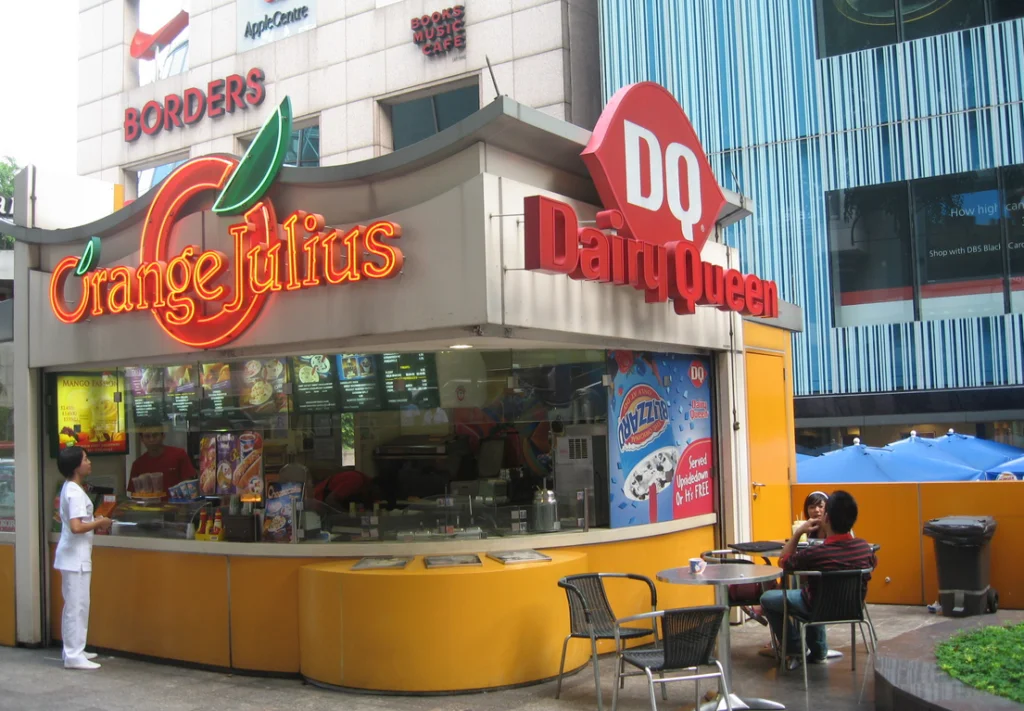
The Orange Julius counter offered tropical refreshment that somehow tasted exactly like the mall itself—sweet, artificial, and utterly satisfying after hours of shopping. The frothy orange concoction, neither quite smoothie nor juice, represented a special mall treat that existed nowhere else in ’80s adolescent life, making it a coveted reward for good behavior or successful shopping expeditions. The distinctive orange and white cups became status symbols carried through the mall, signaling to others that you were enjoying one of the premium mall refreshment experiences rather than settling for a water fountain drink.
The simple menu—focused primarily on variations of the signature orange drink—contrasted with the overwhelming choice present elsewhere in the mall, offering decision-fatigued shoppers blessed relief in limited options. The Orange Julius counter’s open design allowed customers to watch their drinks being made, a minor spectacle of blending and pouring that created anticipation and added perceived value to a product that was primarily ice and orange concentrate. For ’80s mall rats, Orange Julius wasn’t just a beverage but a milestone in the day’s journey—the midpoint refresher, the post-lunch dessert, or the final treat before heading to the parking lot with shopping bags and depleted energy.
11. The Video Store Preview Zone
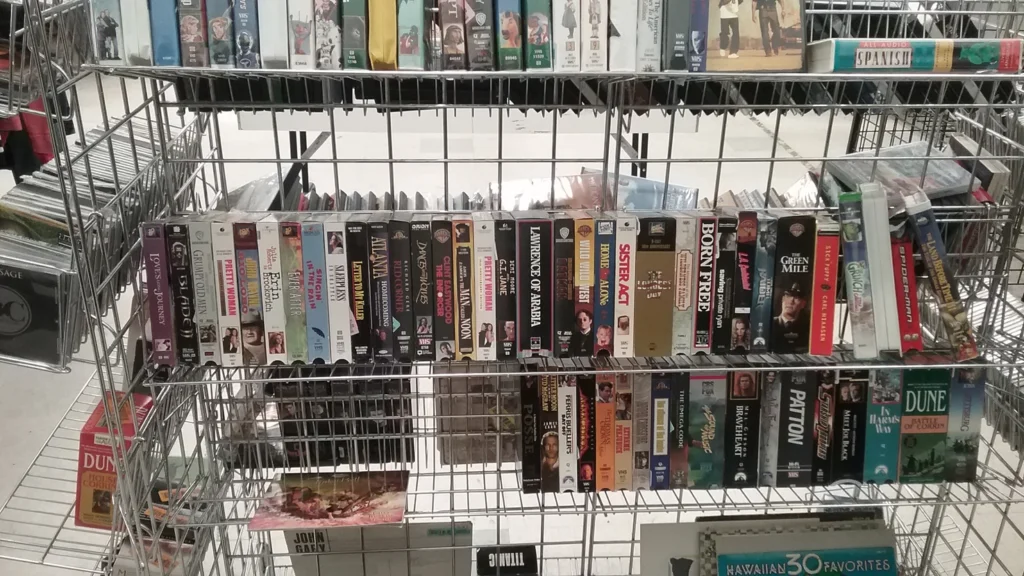
The mall video store combined retail and entertainment as shoppers browsed movie boxes featuring lurid artwork and hyperbolic descriptions that often bore little resemblance to the films themselves. Television monitors mounted near the ceiling played continuous previews or scenes from family-friendly films, creating impromptu viewing zones where tired shoppers could rest briefly while contemplating their evening entertainment options. The physical experience of handling movie boxes, reading synopses, and making collective family decisions about entertainment represented a curatorial process entirely unlike today’s algorithm-driven streaming recommendations.
Video store visits were exercises in hopeful anticipation—would the new release still be available for rental, or would all copies be gone, forcing a disappointing substitute selection? The transaction itself was ceremonial—presenting your membership card, having the cherished selection retrieved from behind the counter, and receiving instructions about rewind fees and return deadlines. These stores were democratic spaces where cinematic art films shared shelf space with direct-to-video martial arts movies, creating unexpected juxtapositions that educated ’80s kids about film genres and expanded their entertainment horizons beyond mainstream blockbusters.
12. The Exhausted Exit March

The mall exit journey was physical evidence of consumption—arms laden with shopping bags, feet sore from hours of walking on hard tile floors, and family members in various states of energy depletion. Parents performed the final wallet accounting, mentally calculating the day’s damage while children begged for one last stop at the pretzel stand or toy store. The exit often involved complex negotiations about dinner plans, with debates about whether mall eating “counted” as the day’s restaurant meal or if stopping somewhere on the way home was justified after such an exhausting consumer adventure.
The return journey through the now-familiar parking lot featured the peculiar disorientation that led to entire families wandering aimlessly, everyone convinced they knew exactly where the car was parked. The cardboard cookie smell of warm car interiors welcomed shoppers as shopping bags were carefully arranged in trunks and backseats, followed by the quiet satisfaction of removing shoes as Dad navigated the crowded exit lanes. The drive home often passed in comparative silence, everyone simultaneously satisfied and depleted by the sensory marathon, already mentally cataloging items forgotten for the next weekend’s mall journey.
The ’80s mall Saturday wasn’t just shopping—it was American culture distilled into architecture, a self-contained world where commerce, socialization, entertainment, and personal development converged under skylights and background music. These retail ecosystems have largely disappeared or transformed beyond recognition, replaced by online convenience and specialized retail experiences. Yet for those who came of age during the mall’s golden era, the memory of these Saturday pilgrimages remains vivid—a communal experience that defined weekends, influenced fashion choices, emptied wallets, and shaped an entire generation’s understanding of public space and consumer culture.


